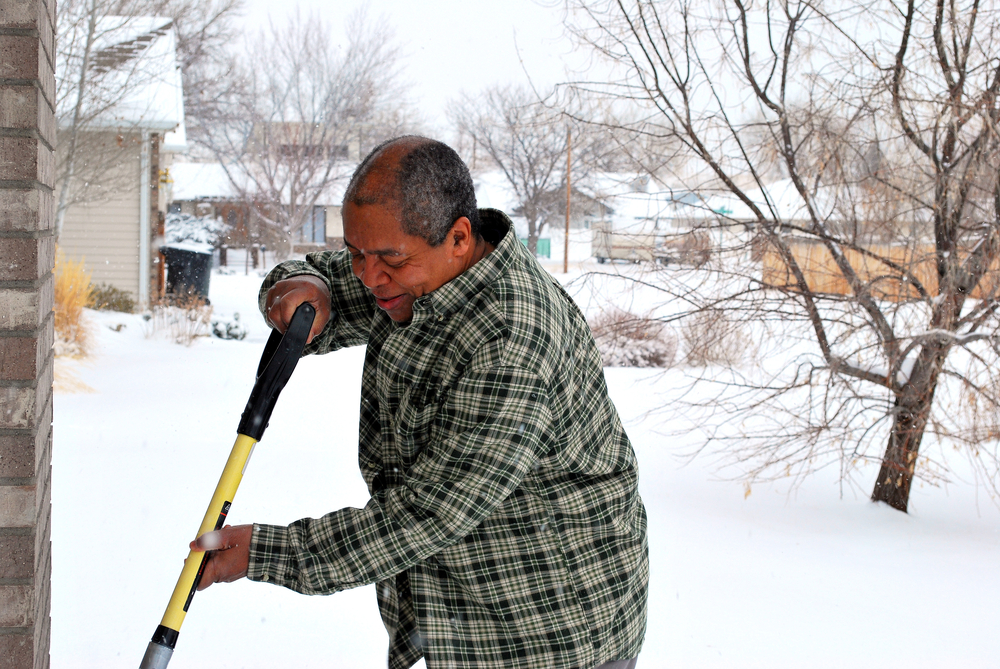Home » News2
Mother Nature delivered an unwelcome wake-up call this week as winter weather warnings blanketed vast portions of the United States. From Alaska’s treacherous mountain passes to the agricultural heartland of the Midwest, millions of Americans found themselves preparing for an early taste of winter’s harsh reality.
The National Weather Service issued urgent alerts Tuesday morning, painting a concerning picture of dangerous conditions ahead. Ten states now find themselves under various winter weather advisories, with Alaska bearing the brunt of the most severe conditions.
Alaska‘s Atigun Pass emerged as ground zero for the most intense weather activity. Forecasters predict this remote northern corridor could accumulate between 5 and 10 inches of fresh snow, accompanied by fierce winds reaching 55 miles per hour. These powerful gusts threaten to create whiteout conditions, reducing visibility to a mere half-mile in some areas.
The combination proves particularly treacherous for travelers navigating the region’s already challenging terrain. Roads and bridges face the highest risk, with officials warning that surfaces will become slick and hazardous. The weather service strongly advises delaying any non-essential travel until conditions improve Thursday morning.
Fairbanks meteorologists emphasized the severity of the situation, describing potential “very strong” winds that could create complete whiteout scenarios. Emergency officials recommend travelers pack extra supplies, warm clothing, and emergency equipment should they become stranded.
While Alaska battles snow and wind, the Midwest prepares for a different but equally concerning challenge. Nine states across America’s agricultural belt face freeze warnings and frost advisories that could devastate crops and damage property.
Wisconsin residents should prepare for temperatures plummeting into the mid-20s, while Minnesota and North Dakota face even harsher conditions with overnight lows around 24 degrees. Michigan’s Upper Peninsula expects temperatures near 28 degrees, and central Wyoming could experience similar bone-chilling conditions.
Eastern Idaho’s Magic Valley region rounds out the affected areas, with forecasters predicting overnight temperatures hovering around 27 degrees. These unseasonably cold conditions pose serious threats to unprotected vegetation and outdoor plumbing systems.
The timing of this cold snap creates particular anxiety for farmers across the Midwest. Late-season crops remain vulnerable in fields, and the sudden temperature drop could devastate harvests that were nearly complete. Agricultural extension offices across affected states have been fielding calls from concerned farmers seeking advice on protecting their investments.
Homeowners face their own set of challenges as the freeze warnings extend beyond agricultural concerns. Outdoor plumbing systems, garden hoses, and irrigation equipment all require immediate attention to prevent costly damage. Local hardware stores report increased demand for pipe insulation and plant covers as residents scramble to protect their properties.
Local National Weather Service offices have launched comprehensive communication campaigns across social media platforms, urging residents to take the warnings seriously. Duluth, Minnesota forecasters provided some hope, indicating that while Wednesday will remain frigid, a slight warming trend could begin by the weekend.
Emergency management agencies across all affected regions have activated cold weather protocols. Warming centers stand ready to open should power outages occur, and road crews have begun pre-treating highways and bridges with salt and sand.
The weather service continues monitoring conditions closely, with meteorologists prepared to extend or modify warnings as the situation develops. Residents throughout the warning zones are encouraged to stay informed through official weather channels and local emergency management communications.
This early-season weather event serves as a stark reminder that winter preparations cannot be delayed, even in early October.
Source: Zoombangla, National Weather Service and local weather reporting agencies




